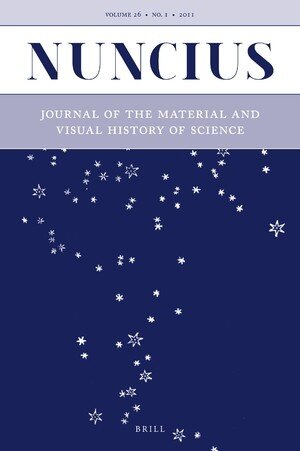The Anomalous Sun: Variant Mechanical Realizations of Solar Theory on Planetary Automata of the Renaissance
- Author(s)
Samuel Gessner, Michael Korey and Karsten Gaulke
- Publisher
- 35 (2)
- Year
- 2020
- Journal
- Nr. of Pages
- 191-234

Abstract
Four clockwork-driven planetary automata built to show the true motion of the planets according to Ptolemaic theory, not just their mean motion, survive from the sixteenth century: one each in Paris, Vienna, Kassel, and Dresden. Close, on-site examination of their mechanisms by a team of historians of science and clockmakers has gone beyond existing accounts and revealed that, though they share a common aim, the machines differ fundamentally in their realization of even the “simplest” of the planetary motions, namely that of the Sun. Indeed, three different ways have been detected for producing the solar anomaly, the Sun’s non-uniform motion along the ecliptic in the course of a year. The oldest of the surviving machines (Paris) uses the uniform motion of an eccentric gear, another (Vienna) adapts what would be a geometrically equivalent epicycle, and the two other machines (Kassel and Dresden) make use of a centered gear with non-uniformly spaced teeth. This paper discusses these findings in detail. It argues that such differing approaches not only reflect varying degrees of collaboration among the actors involved in the construction of these four technical masterpieces – princely commissioners, learned astronomers, and artful craftsmen (with these categories sometimes overlapping) – but also that they offer a further, mechanical contribution to the centuries-old reception and refinement of Ptolemaic planetary theory.